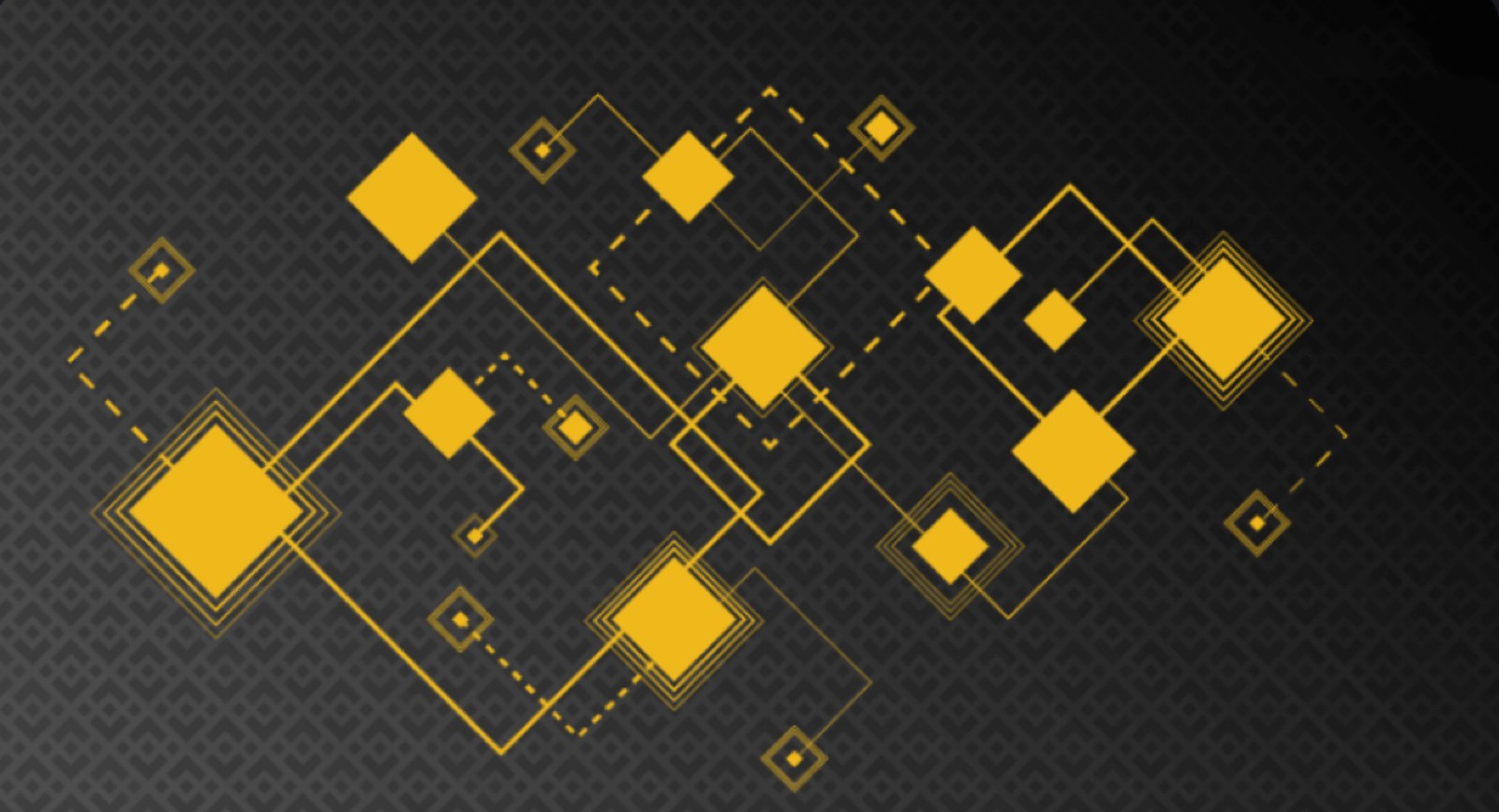
The definition of a node can vary in many contexts. When it comes to computer or communication networks, a node typically refers to a redistribution point or a communication endpoint. Generally, a node is composed of physical network devices, but virtual nodes are quite different.
In short, a network node can generate, receive, or transmit information. Based on this, we will discuss different types of Bitcoin network nodes: full nodes, super nodes, mining nodes, and SPV clients.
Bitcoin Nodes
Through in-depth research on blockchain articles—due to its distributed system nature—the nodes of a computer network enable Bitcoin to function as a decentralized peer-to-peer (P2P) digital currency. Similarly, Bitcoin is censorship-resistant, and transfers between users do not require any intermediaries to provide guarantees (regardless of how far apart the users are).
Thus, blockchain nodes function like communication nodes with different roles. Any computer or device connected to the Bitcoin network can be considered a Bitcoin node, as these nodes communicate with each other and transmit transaction and block information via Bitcoin’s P2P protocol. However, each computer node is defined by its specific function, so there are various types of nodes in the Bitcoin network.
Full Nodes
Full nodes are those that truly support and protect the Bitcoin network, operating independently relative to the network. They also participate in verifying transaction and block information and can add new blocks to the blockchain.
Typically, a full node downloads a complete copy of the Bitcoin blockchain, but this is not a strict requirement (sometimes a pruned copy is downloaded).
Public Nodes (Super Nodes)
Essentially, a public node or super node is a visible full node. It exchanges and transmits data with other nodes, making a super node a redistribution point that serves as both a data source and a communication bridge.
A reliable super node usually operates 24/7, transmitting blockchain history and transaction data to nodes worldwide. For this reason, compared to a hidden full node, a super node requires more computational power and a better network connection.
Mining Nodes
To mine Bitcoin in an increasingly competitive environment, one must invest in specialized mining hardware and software. These mining programs are not directly linked to Bitcoin Core but run in parallel with it. A miner can choose to mine solo or join a mining pool.
Solo miners use their own copy of the blockchain, while pool miners collaborate, with each contributing their computational power. In a mining pool, only the pool administrator is required to run a full node—acting as the full node for the entire pool.
Lightweight or SPV Clients
Also known as Simplified Payment Verification (SPV) clients, these lightweight users interact with the Bitcoin network but are not full nodes. SPV clients do not contribute to network security because they do not store a copy of the blockchain or participate in transaction verification.
Simply put, SPV is a method to verify transactions without downloading the entire blockchain, so SPV clients rely on other full nodes (super nodes) for information. These lightweight clients function like communication endpoints and are used by many cryptocurrency wallets.
Users vs. Mining Nodes
It’s worth noting that running a full node is different from running a full mining node. Anyone can become a full mining node by investing in specialized mining hardware and software.
Before attempting to mine a block, a miner must collect transactions previously confirmed by full nodes. Then, they create a candidate block (containing a set of transactions) and attempt to mine it. If a miner successfully finds the hash for the candidate block, they broadcast it to the network so other nodes can verify its validity. Thus, the accuracy and security of the consensus rules are maintained by the entire network of nodes, not just miners.
Conclusion
Bitcoin nodes communicate via the Bitcoin P2P network protocol, using it to verify the system’s integrity. If a node attempts to propagate false information, it is quickly identified by honest nodes and disconnected from the network.
Running a full node does not provide any financial rewards, but it is highly recommended as it offers users trust, security, and privacy. Full nodes ensure the rules are enforced, protect the blockchain from attacks, and, most importantly, allow users to have full control over their funds without needing to trust others.
















